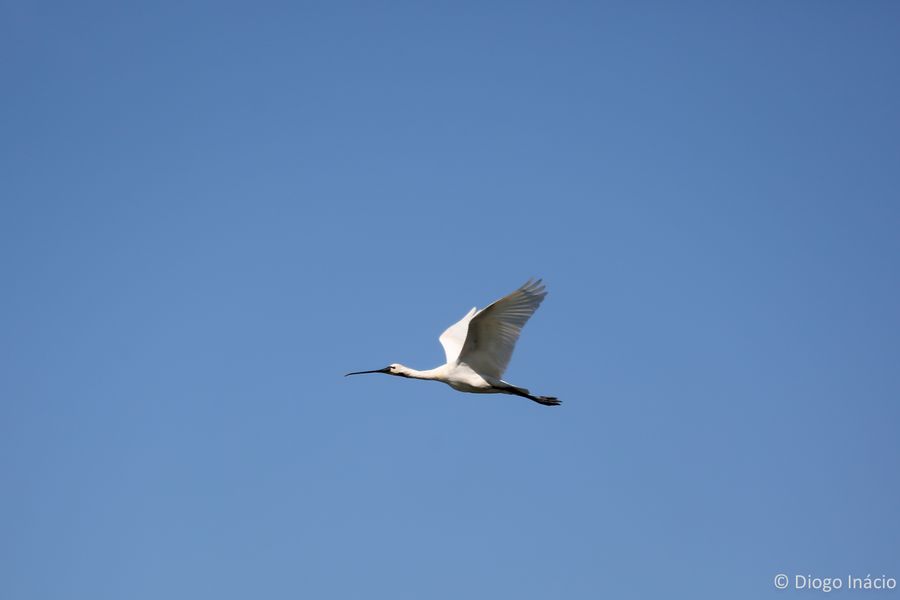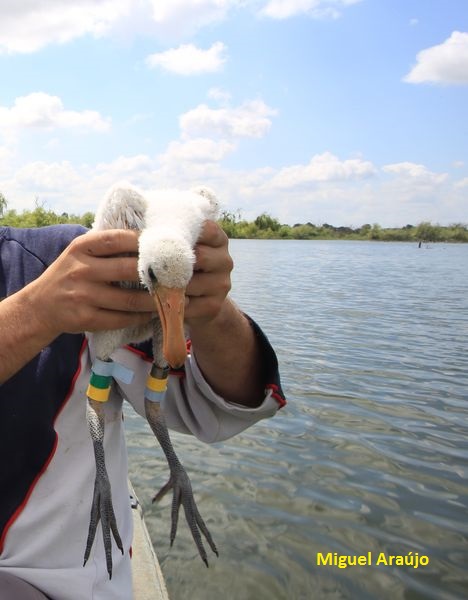<p> <em>Platalea leucorodia</em> Linnaeus, 1758</p>
Share Image
-
Spoonbill
-
Platalea leucorodia Linnaeus, 1758
-
Therskiornithidae
-
The spoonbill is a large waterfowl, with white plumage and an unusual long, flat beak, which justifies its name. During the mating season it exhibits a yellow plume on its nape, a yellow tone on the throat and beak and black legs. It can grow to be 93 cm long and have 135 cm span.
-
Ria Formosa Nature Park
Paul do Boquilobo Nature Reserve
Estuário do Tejo Nature Reserve
Estuário do Sado Nature Reserve
Lagoas de Santo André e da Sancha Nature Reserve
-
Lisboa e Vale do Tejo
Algarve
Alentejo
-
Vulnerable (migrating reproductive population) | Near threatened (visiting pop.)
Base Characterization
-
The spoonbill exists in estuaries, low and sheltered coastal areas, rivers, salt water, water courses, ponds and weirs.
-
Spring and Summer
-
The spoonbill feeds on insects, other invertebrates, small fish, amphibians and aquatic plants. It obtains its food walking slowly in shallow waters, submerging its slightly open beak and moving its head with lateral movements.
-
The Portuguese population of this species is estimated to be between 150 and 200 nesting couples and 1200 wintering individuals.














